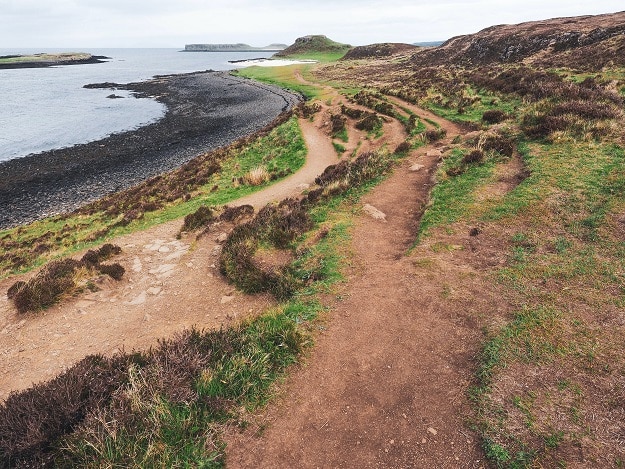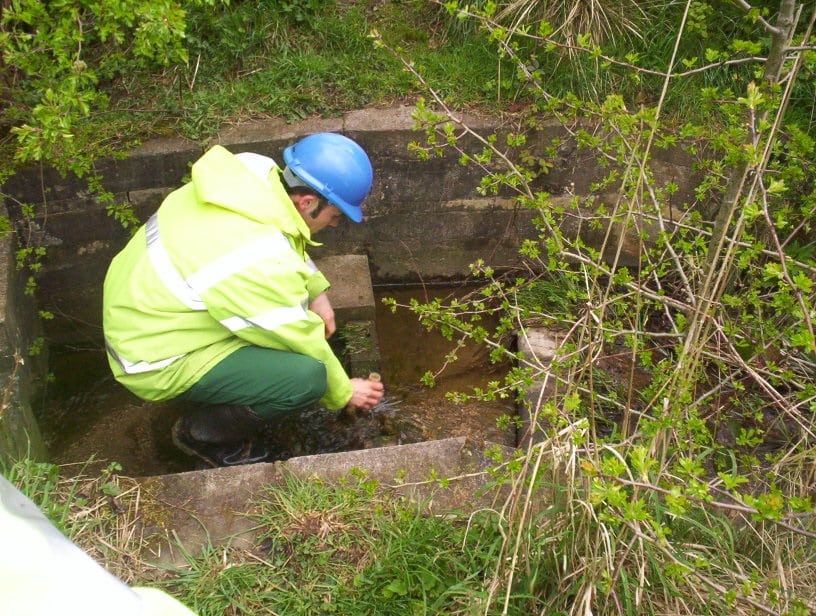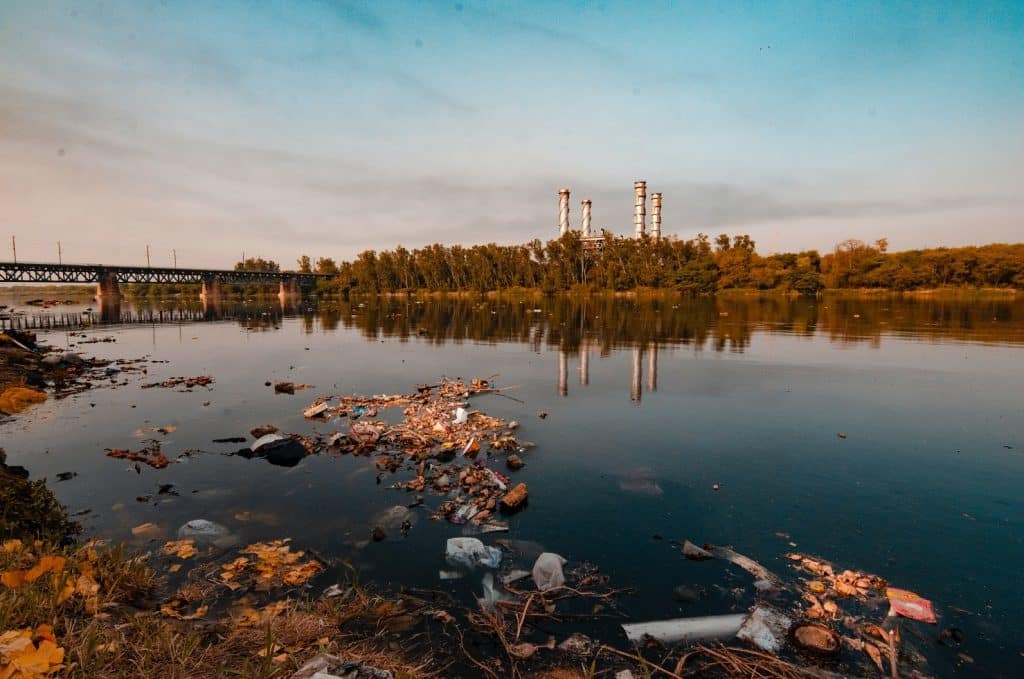In June, a roadmap for flood and climate-resilience was published. The Environment Agency (EA) launched the roadmap setting out practical actions to be taken over the next four years to tackle the growing threat of flooding from rivers, the sea, and surface water as well as coastal erosion.
The FCERM Strategy Roadmap builds on existing progress and sets out how we can be better prepared for the unavoidable impacts of climate change by ensuring the country is resilient and ready to respond and adapt to flooding and coastal change. The Environment Agency will be delivering the Roadmap with many partners including local authorities, local drainage boards, farmers, environmental groups, infrastructure providers and the insurance sector.
Delivery of the actions in the Roadmap will improve climate-resilience and will:
- Ensure that new homes will be safe from flooding.
- Maximise the use of nature to enhance flood and coastal resilience while aiding nature recovery.
- Improve the flood resilience of our roads, railways, and other vital national infrastructure.
- Ensure the delivery of environmental improvements and sustainable growth as part of flood and coastal projects.
- Enhance our flood forecasting and warning services to help people be better prepared to respond to flood events.
- Support building back better to reduce the damage and disruption caused by flooding.
- Work with communities and local partners to develop long term plans to manage future flooding and coastal change and adapt to future hazards.
Climate-resilience
The Roadmap was launched by the Environment Agency’s Chief Executive, Sir James Bevan, and Floods Minister, Rebecca Pow, at the Flood and Coast Conference. It directly supports the implementation of the £5.2 billion capital investment programme which will better protect many hundreds of thousands of properties from flooding and coastal erosion by 2027.
“This roadmap sets out how we can build a more resilient nation. It will work alongside our record investment of £5.2 billion in flood and coastal defences between 2021 and 2027 to help better protect communities.
Climate change will only bring more extreme weather and this roadmap will spur on the timely action required to manage flood and coastal risk, help reduce the costly impacts and manage the risks to people’s homes and businesses across the country.”
Floods Minister, Rebecca Pow

“Climate change is happening now, and its impacts will continue to worsen. Rainfall patterns are changing, causing more frequent flooding, and while we continue to protect and prepare coastal communities from rising sea levels, it is inevitable that at some point some of our communities will have to move back from the coast.
We all need to adapt and become more resilient to these challenges, and this roadmap sets out actions that will be taken to do this over the next four years.
It will ensure that we make our communities more resilient to flooding and coastal change, so that when it does happen, it causes much less harm to people, does much less damage, and ensures life can get back to normal much quicker.”
Sir James Bevan, Chief Executive of the Environment Agency
Roadmap key elements
Key actions from the roadmap include:
- Developing a new national assessment of flood risk from rivers, the sea and surface water that will provide better data and mapping to inform future risk and investment decisions.
- Working with coastal groups to update the policies and actions in Shoreline Management Plans so they reflect adaptation to a changing climate.
- Working with national infrastructure providers, including National Highways and Network Rail, on joint investment opportunities to ensure national infrastructure is resilient to future flooding and coastal change.
- Working with Ofwat to ensure that water company assets are resilient and contribute to better flood risk outcomes.
- Working with Natural England, the Wildfowl & Wetlands Trust, and other partners to collate evidence and case studies to help mainstream nature-based solutions that enhance flood and coastal resilience and nature recovery.
- Working with Flood Re and the insurance sector to develop a communications programme for homeowners to signpost advice and support on the benefits of property flood resilience.
- Developing new training materials with the Town and Country Planning Association to help improve skills and capabilities on flood risk and development planning.
- Working with the Environment Agency’s supply chain to ensure all flood and coastal projects adopt low carbon technologies that contribute to zero carbon targets.
- Continuing to improve the Environment Agency’s digital tools for people to check their flood risk and sign up to flood warnings.
- Working with Department for Education, schools, and children’s charities to improve young people’s knowledge of flood risk and climate change.
The publication of the Roadmap comes after the Environment Agency announced that it had exceeded its target in delivering the government’s £2.6 billion investment in flood and coastal defence schemes since 2015, better protecting more than 314,000 homes.
The Environment Agency is now working alongside partners to deliver on the government’s record investment of £5.2 billion in flood and coastal defences between 2021 and 2027, which will better protect hundreds of thousands more properties as well as avoid £32 billion of wider economic damages.
If you require advice on environmental issues, please contact one of the Ashbrooke team.




